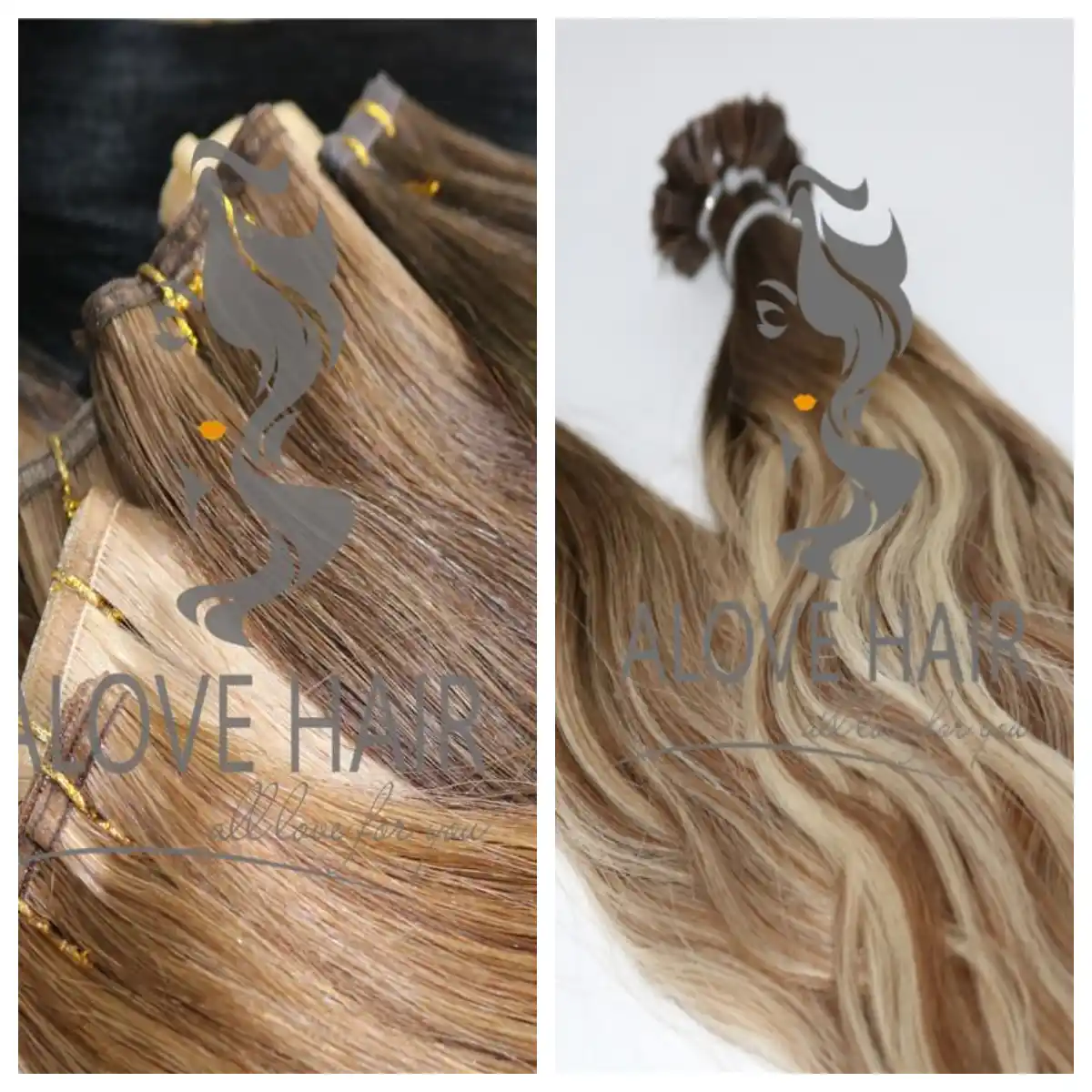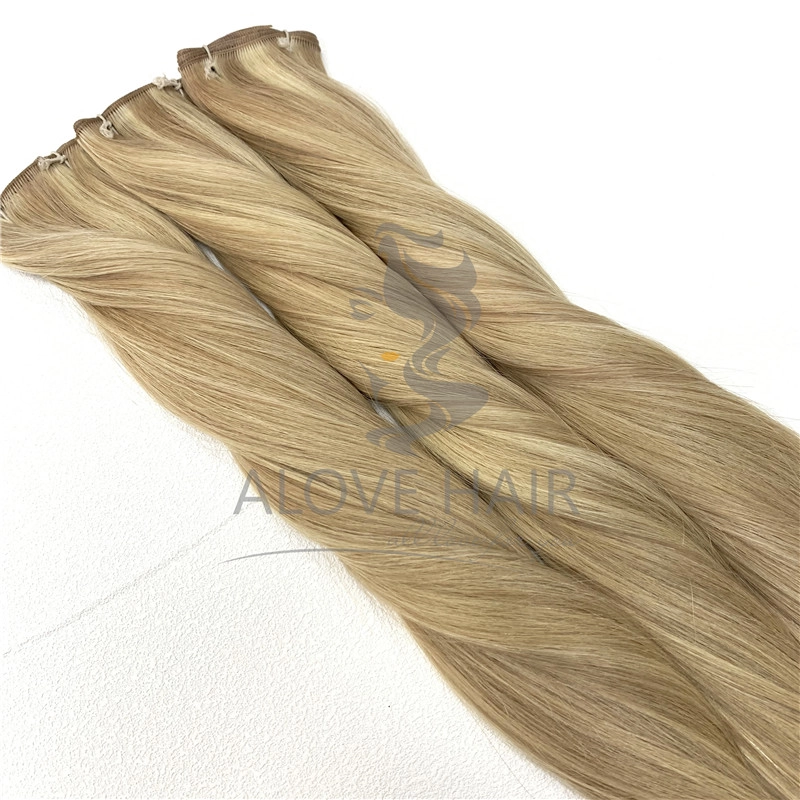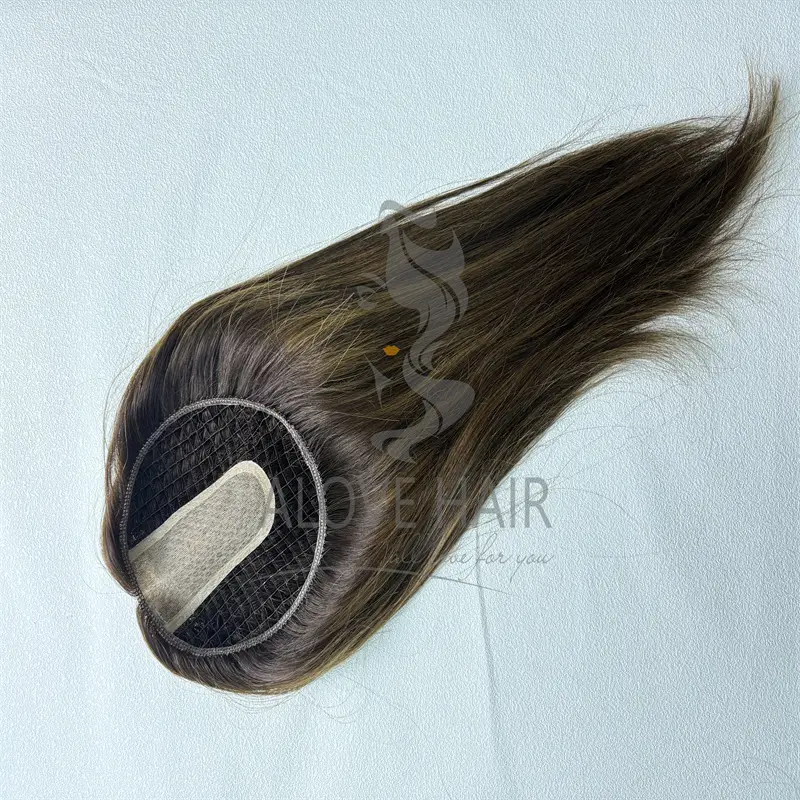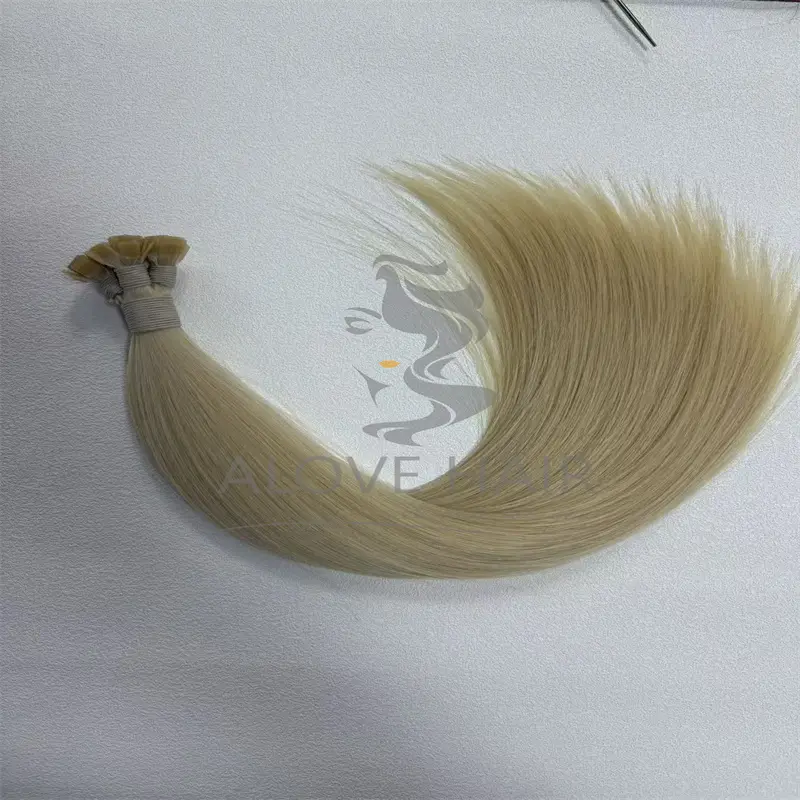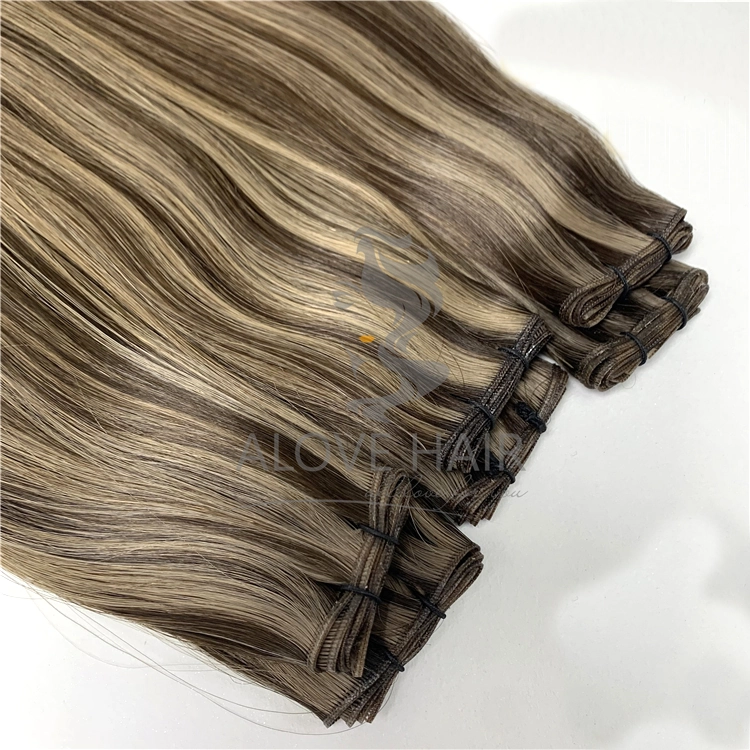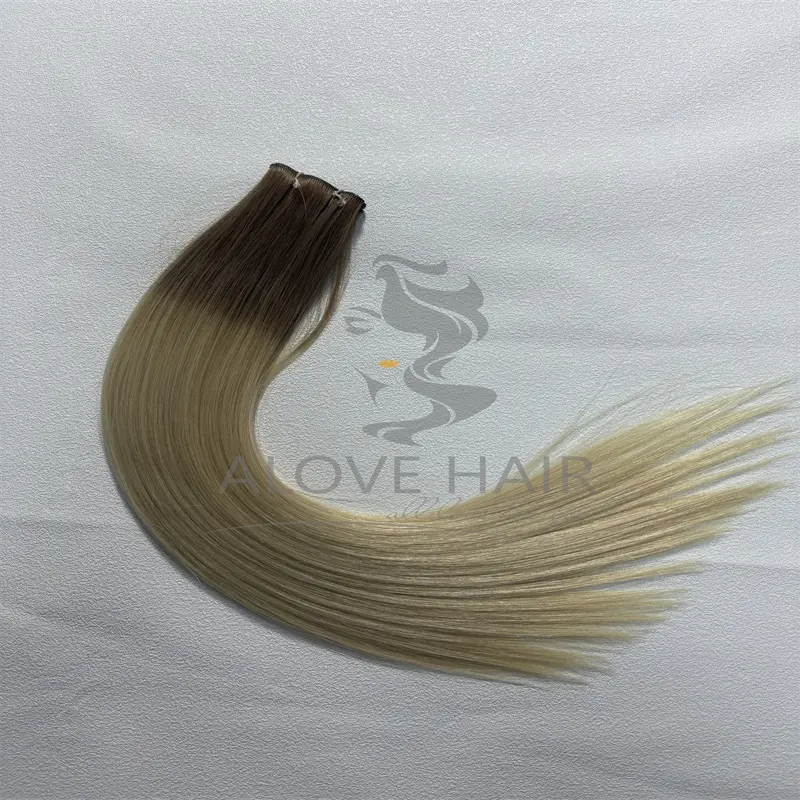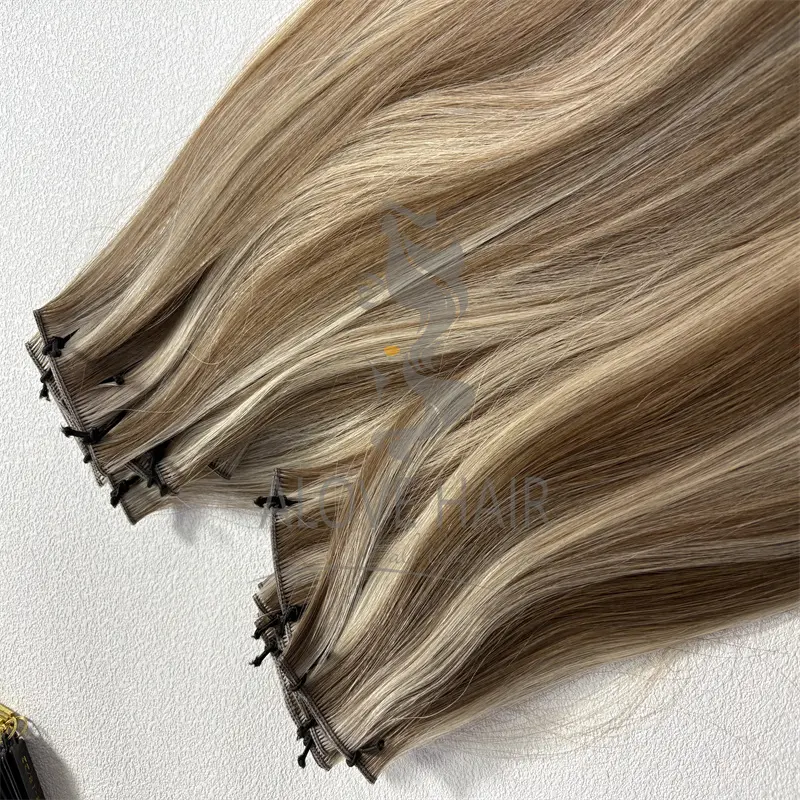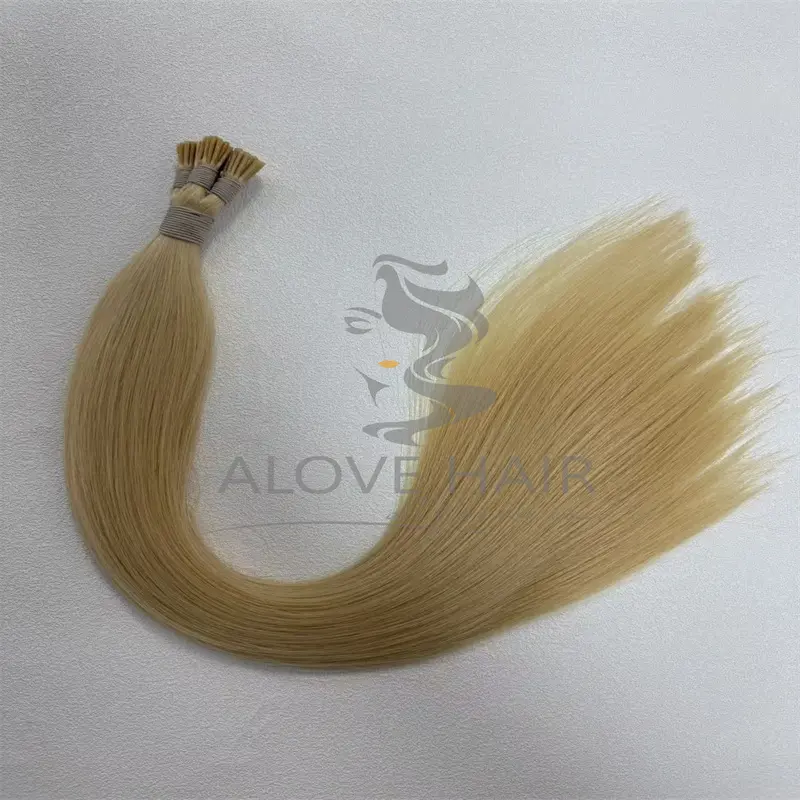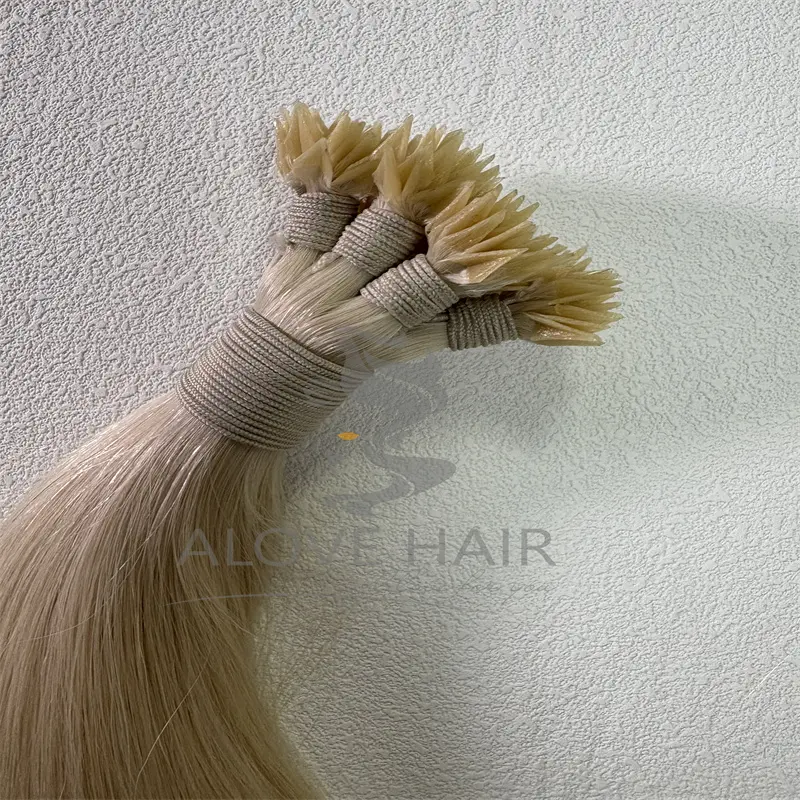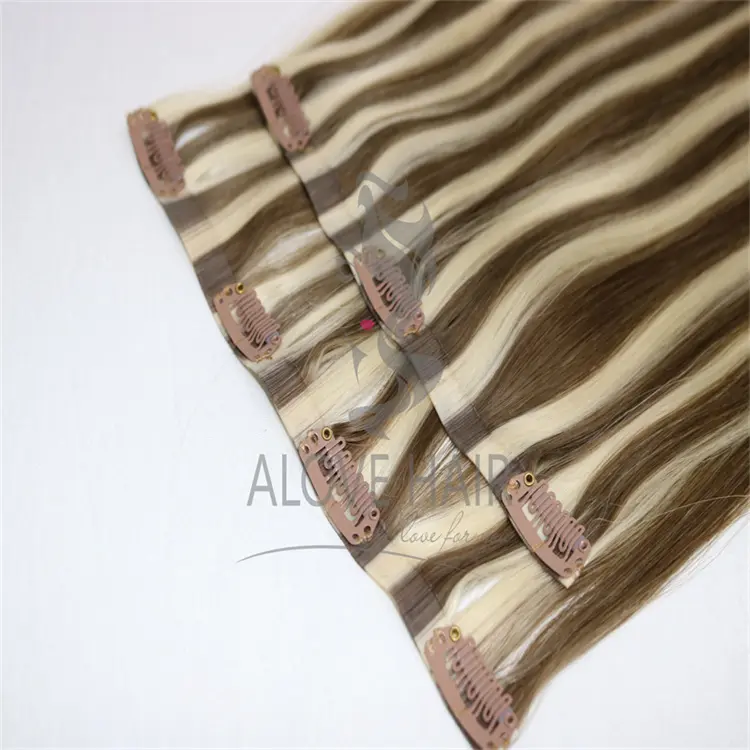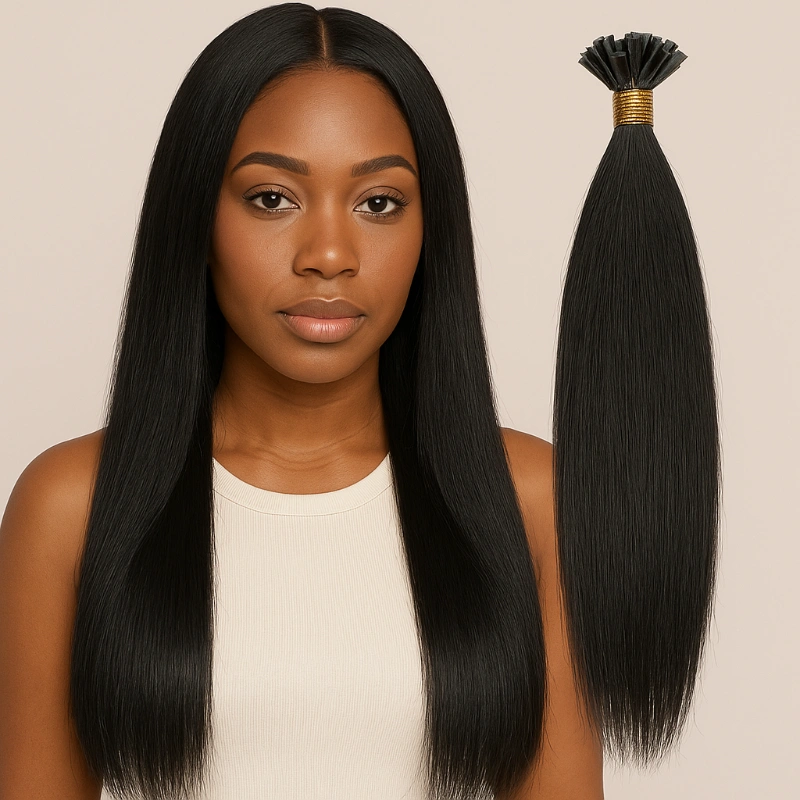Hair extensions have become an increasingly popular beauty solution, offering instant length, volume, and styling versatility. Whether for special occasions or everyday wear, they allow individuals to experiment with different looks without long-term commitment. The global hair extension market continues to grow, driven by advancements in application techniques and a rising demand for natural-looking results. However, while extensions can enhance one’s appearance, improper selection or application can lead to hair damage, thinning, or even breakage—making it crucial to choose a method that prioritizes hair health.
Minimizing damage is essential when selecting an extension method, as the wrong choice can strain natural hair follicles, cause traction alopecia, or expose hair to harsh chemicals and heat. Factors such as hair type, lifestyle, and maintenance routine all play a role in determining which technique is safest. For those seeking long-term wear, understanding the potential risks and benefits of different attachment methods is key to maintaining strong, healthy hair underneath the extensions.
Two of the most common and widely discussed extension techniques are Skin Weft and Keratin Bonds. Skin weft extensions involve a thin, flexible layer of hair attached either with medical-grade adhesive or sewing techniques, distributing weight evenly across the scalp. On the other hand, keratin bond extensions (also known as fusion extensions) use small, heat-activated keratin tips bonded directly to small sections of natural hair. Both methods offer durability and a seamless blend, but they differ significantly in application, maintenance, and potential damage. This article will compare these two techniques in depth, helping you determine which option is gentler on your hair.
Understanding Skin Weft Extensions
Definition and How They Work
Skin weft extensions are a semi-permanent hair extension method that uses an ultra-thin, flexible polyurethane (or sometimes silicone) base designed to mimic the appearance of the scalp. Individual hair strands are hand-tied onto this thin, skin-like material, creating a seamless and natural-looking hair addition. The "weft" refers to the horizontal track of hair that is attached to the base, allowing for full, voluminous coverage. Unlike traditional clip-ins or tape-ins, skin wefts are secured using either medical-grade adhesive or sewing techniques, making them a longer-lasting solution that typically remains in place for 6-8 weeks before requiring maintenance.
Application Process (Sewing or Adhesive-Based)
The application of skin weft extensions varies depending on the chosen attachment method:
Adhesive-Based Application
The natural hair is sectioned and prepped (cleaned and lightly dried).
A medical-grade adhesive (usually a liquid or tape) is applied to the polyurethane base.
The weft is then pressed onto the scalp, adhering securely along the natural hairline or desired placement.
Heat may be used to ensure a strong bond.
Sewn-In (Beaded Weft) Application
Small braids or cornrows are created along the scalp as anchor points.
The weft is stitched onto these braids using a special needle and thread.
This method avoids adhesives, making it a better option for those with sensitive skin.
Both methods require professional installation to ensure proper placement, tension, and blending.
Pros of Skin Weft Extensions
Even Weight Distribution
Unlike individual bonds, which pull on small sections of hair, skin wefts spread the weight across a broader area of the scalp. This reduces strain on hair follicles, minimizing the risk of traction alopecia.
Less Tension on Individual Hair Strands
Since the weft is attached in a continuous strip rather than small bonds, there is no concentrated stress on specific hairs. This makes it a safer option for those with fine or fragile hair.
Suitable for Thicker Hair
Skin wefts provide excellent volume and coverage, making them ideal for people with naturally thick hair who want added length or density without excessive bulk.
Cons of Skin Weft Extensions
Potential Scalp Irritation from Adhesives
Some users may experience allergic reactions or itching due to the adhesive used in certain application methods. Hypoallergenic options are available, but patch testing is recommended.
Requires Professional Removal
Improper removal can lead to hair breakage or adhesive residue buildup. A stylist must carefully dissolve the adhesive or unstitch the weft to prevent damage.
Skin weft extensions are a popular choice for those seeking a natural, comfortable, and low-maintenance extension method. However, proper application and removal are crucial to maintaining hair health. In the next section, we’ll explore keratin bond extensions and compare their potential risks and benefits.
Understanding Keratin Bond Extensions
Definition and How They Work (Fusion Method)
Keratin bond extensions, also known as fusion extensions, are a premium semi-permanent hair extension method that uses small, keratin-based tips bonded directly to natural hair strands. The keratin bonds are made from a protein similar to human hair, allowing for a secure and natural-looking attachment. Each bond contains several hair strands, and multiple bonds are applied throughout the head to create length, volume, or highlights. This method is called the "fusion" technique because heat is used to melt the keratin glue, fusing the extension to the natural hair.
Keratin bonds are known for their durability and seamless blend, making them a favorite among those seeking long-term, high-quality extensions. When applied correctly, they can last 8-12 weeks before needing adjustment. However, because they attach to small sections of natural hair, proper installation and removal are critical to preventing damage.
Application Process (Heat-Activated Keratin Bonds)
The process of applying keratin bond extensions requires precision and should always be performed by a trained professional:
Sectioning & Prep
The natural hair is washed, dried, and divided into small, even sections (about 1/8-inch thick).
A bond is placed near the root of a section, ensuring it sits close to the scalp but not directly on it.
Heat Fusion
A specialized heating tool (like a keratin welder or micro-bonder) is used to melt the keratin glue, securing the extension to the natural hair.
The bond cools and hardens, creating a strong, long-lasting hold.
Blending & Styling
Once all bonds are applied, the extensions are trimmed and styled to blend seamlessly with the natural hair.
Pros of Keratin Bond Extensions
Natural-Looking, Seamless Blend
Because each bond attaches to individual hair strands, keratin extensions move and behave like natural hair, making them virtually undetectable when properly installed.
Long-Lasting Hold
Unlike tape-ins or clip-ins, keratin bonds stay secure for months with proper care, making them ideal for those who want low-maintenance, durable extensions.
Cons of Keratin Bond Extensions
Risk of Heat Damage During Application/Removal
The high heat used to fuse and remove the bonds can weaken natural hair if not carefully controlled. Overheating may lead to dryness, brittleness, or breakage.
Potential Breakage If Not Removed Properly
Keratin bonds must be dissolved with a special remover—pulling or cutting them out can rip natural hair, causing significant damage.
Heavier on Individual Strands
Since each bond attaches to a small section of hair, the weight is concentrated rather than distributed. Over time, this can strain follicles, especially for those with fine or weak hair.
Final Thoughts on Keratin Bonds
Keratin bond extensions offer a luxurious, long-lasting solution for those seeking flawless, natural-looking hair. However, their potential for damage is higher than methods like skin wefts due to the heat and tension involved. Proper installation, maintenance, and professional removal are essential to keeping natural hair healthy.
In the next section, we’ll compare skin weft vs. keratin bonds in terms of damage potential to help you decide which method is best for your hair type.
Comparing Damage Potential: Skin Weft vs. Keratin Bonds
When choosing between skin weft and keratin bond extensions, understanding their potential for hair damage is crucial. Both methods have distinct application techniques that affect tension, chemical exposure, and removal safety. Below, we break down the key factors that influence hair health with each option.
1. Tension & Stress on Hair
Skin Weft:
Distributes weight evenly across a wider section of the scalp.
The polyurethane base or sewn-in weft sits flat against the head, reducing localized tension.
Ideal for those prone to traction alopecia, as it avoids pulling on individual strands.
Keratin Bonds:
Each bond attaches to a small section of natural hair, concentrating weight on limited follicles.
Over time, this can lead to stress on the roots, especially if the extensions are too heavy or left in too long.
Higher risk of breakage or thinning for fine or fragile hair types.
Verdict: Skin wefts are gentler on hair follicles due to their weight distribution, while keratin bonds pose a higher risk of tension-related damage.
2. Chemical & Heat Exposure
Skin Weft:
Adhesive-based versions use medical-grade glue, which may contain chemicals that irritate sensitive scalps.
Sewn-in wefts avoid adhesives but still require careful braiding to prevent strain.
No heat is used during application, reducing thermal damage risk.
Keratin Bonds:
Require high heat to melt the keratin glue during application and removal.
Excessive or repeated heat exposure can weaken hair cuticles, leading to dryness and brittleness.
Some removers contain strong solvents that may strip natural oils if not used properly.
Verdict: Keratin bonds involve more heat and chemical processing, while skin wefts (especially sewn-in) minimize thermal damage but may still irritate with adhesives.
3. Maintenance & Removal
Skin Weft:
Removal is less damaging when done professionally—adhesives are dissolved gently, and sewn-in wefts are unstitched without pulling.
Leaves minimal residue if removed correctly.
Reapplication is straightforward, as the same weft can often be reused.
Keratin Bonds:
Improper removal is a major risk—pulling or cutting bonds can rip out natural hair.
Requires a specialized keratin solvent to break down the glue safely.
Bonds weaken over time and usually cannot be reused, increasing long-term costs.
Verdict: Skin wefts win in terms of safer removal and reusability, while keratin bonds demand meticulous care to avoid breakage.
Final Damage Comparison
| Factor | Skin Weft Extensions | Keratin Bond Extensions |
|---|---|---|
| Tension on Hair | Even distribution (safer) | Concentrated on strands (riskier) |
| Heat/Chemicals | Adhesives (possible irritation) | High heat + glue (more damaging) |
| Removal Safety | Low-risk with professional help | High-risk if done incorrectly |
Which Causes Less Damage?
Skin wefts are better for fine, thin, or sensitive hair due to even weight spread and no heat.
Keratin bonds work well for thick, strong hair but require strict maintenance to prevent damage.
Ultimately, the "safer" option depends on your hair type, lifestyle, and commitment to professional care. In the next section, we’ll explore expert recommendations for choosing the right method.
Factors Influencing Damage
The amount of damage caused by hair extensions depends on several key factors beyond just the attachment method. Understanding these variables can help you minimize risks and maintain healthy hair.
1. Hair Type and Condition
Fine or Thin Hair: More prone to breakage from tension; skin wefts or tape-ins are often safer than keratin bonds.
Thick or Coarse Hair: Can typically handle heavier methods like keratin bonds but still requires proper weight distribution.
Chemically Treated Hair (bleached, relaxed, or permed): Already weakened, so heat-free options (like sewn-in wefts) reduce further damage.
2. Skill of the Stylist
Proper Application: A trained professional ensures bonds/wefts are placed without excessive tension or heat damage.
Safe Removal: Incorrect removal (especially with keratin bonds) can rip out hair—always go to an experienced technician.
Customization: A good stylist adjusts the method based on your hair’s density, texture, and scalp sensitivity.
3. Aftercare Practices
Gentle Products: Sulfate-free shampoos and bond-safe conditioners prevent adhesive breakdown and dryness.
Avoiding Excessive Heat: Limit flat irons/blowouts, especially with keratin bonds, to prevent double heat damage.
Regular Maintenance: Adjustments every 6-8 weeks prevent matting, slippage, and uneven tension.
Bottom Line: Even the "gentlest" extensions can cause damage if your hair isn’t suited to the method, the stylist is unskilled, or aftercare is neglected. Always consult a specialist before committing.
Next, we’ll share expert recommendations on which method suits different hair needs.
Expert Recommendations: Choosing the Right Extension Method
1. Which Method Is Better for Thin/Fine Hair?
Recommended: Skin Weft or Tape-In Extensions
Why Skin Weft? Distributes weight evenly, reducing strain on fragile strands. Opt for the sewn-in version to avoid adhesive irritation.
Why Tape-Ins? Lightweight, flat bonds sit close to the scalp without heat or glue. Easy to remove and reposition.
Avoid Keratin Bonds: The concentrated weight and heat application risk breakage in fine hair.
2. Which Is More Suitable for Long-Term Wear?
Recommended: Keratin Bonds (for thick hair) or Sewn-In Skin Wefts
Keratin Bonds: Last 8–12 weeks with proper care; ideal for thick, resilient hair that can handle heat and weight.
Sewn-In Skin Wefts: Can last 6–10 weeks without adhesives, making them a safer long-term option for most hair types.
Note: Both require professional maintenance every 6–8 weeks to prevent matting or tension damage.
3. Alternatives for Minimal Damage
Tape-In Extensions:
Pros: No heat or glue (pre-applied medical tape), lightweight, reusable.
Cons: Needs repositioning every 4–6 weeks; may slip in humid climates.
Clip-In Extensions:
Pros: Zero damage; apply/remove daily. Great for occasional use.
Cons: Less secure; not ideal for active lifestyles or long-term wear.
Halo or Hair Weaves:
Pros: No attachment to natural hair; instant volume without commitment.
Cons: Limited styling versatility; can shift if not secured properly.
Final Advice:
For Damaged or Sensitive Hair: Start with clip-ins or tape-ins to test tolerance.
For Volume/Length Goals: Skin wefts (sewn-in) offer balance between durability and safety.
For Thick Hair & Maximum Longevity: Keratin bonds work—but only with a skilled stylist and strict aftercare.
Always consult a certified extension specialist to assess your hair’s health before choosing a method.
Conclusion: Choosing the Safest Hair Extensions
When comparing skin weft vs. keratin bond extensions, the key differences in damage potential come down to tension distribution, chemical/heat exposure, and removal safety. Skin wefts (especially sewn-in) spread weight evenly and avoid heat, making them gentler for fine or fragile hair. Keratin bonds, while long-lasting and seamless, risk heat damage and breakage if not applied or removed carefully.
Final Recommendation:
Fine/Thin/Damaged Hair? Choose skin weft (sewn-in) or tape-ins for minimal stress.
Thick/Strong Hair? Keratin bonds can work—but only with expert application.
Low-Maintenance & Safe? Clip-ins or halo extensions offer zero-commitment alternatives.
Always prioritize professional installation and maintenance to prevent damage. No matter which method you choose, proper aftercare—like sulfate-free products and heat protection—is essential for keeping your natural hair healthy.
By matching your hair type, lifestyle, and commitment level to the right extension method, you can enjoy beautiful, voluminous hair without sacrificing its health.
